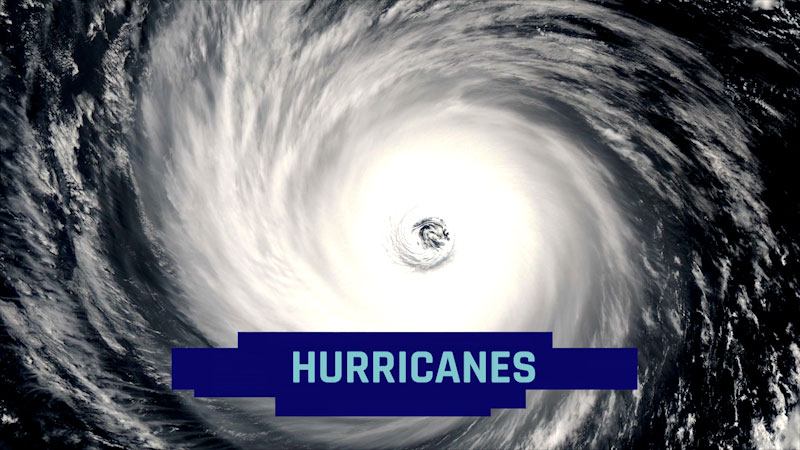Solar Eclipse Phases
- 2x
- 1.75x
- 1.5x
- 1.25x
- 1x, selected
- 0.75x
- 0.5x
- Chapters
- descriptions off, selected
- captions settings, opens captions settings dialog
- captions off, selected
This is a modal window.
Beginning of dialog window. Escape will cancel and close the window.
End of dialog window.
This is a modal window. This modal can be closed by pressing the Escape key or activating the close button.
(Describer) How to Safely Watch a Total Solar Eclipse.
(Describer) On April 8th, 2024, a total solar eclipse will cross North America. A map shows its path curving slightly from Texas to Maine.
(Describer) A solar eclipse occurs when the Moon passes between the Sun and Earth, fully or partially blocking the Sun's light.
(Describer) To safely observe a solar eclipse, wear *eclipse glasses* (not sunglasses) or use an indirect viewing method. A child wears eclipse glasses, which look like 3D movie glasses, but have different lenses.
(Describer) If you're in the path of totality, here's how to safely watch the eclipse. It is not safe to look directly at the Sun without specialized eye protection. Phase 1: Glasses On: Partial Eclipse. The Sun's disk is partially blocked by the Moon. In most locations, this will last over an hour.
(Describer) Phase 2: Glasses On: Diamond Ring. Sunlight streaming through the Moon's valleys creates a single bright flash of light. This marks the last few seconds before totality. Phase 3: Glasses On: Baily's Beads. For a few moments, low-lying valleys on the Moon's edge allow sunlight to pass through.
(Describer) Phase 4: Glasses Off, but NOT if you are *outside* the path. Totality. The Moon completely covers the disk of the Sun. This can only be seen in the path of totality and will last up to 4 and a half minutes. Totality is not visible through eclipse glasses. Phase 5: Glasses On. Final Stages. Following another diamond ring, a crescent shape begins to peek out from behind the Moon. As the diamond ring reappears, wear your eclipse glasses or use an indirect viewing method. To learn more about eclipse safety, visit: go dot nasa dot gov slash EclipseSafety. Under a logo with orange sun rays, Heliophysics - Big Year. The NASA logo appears, with a white orbital path. Accessibility provided by the US Department of Education.
Now Playing As: English with English captions (change)
On April 8th, 2024, a total solar eclipse will cross North America. Its path will curve slightly from Texas to Maine. A solar eclipse occurs when the Moon passes between the Sun and Earth, fully or partially blocking the Sun's light. Let's learn how to safely observe a solar eclipse.
Media Details
Runtime: 1 minutes 54 seconds
- Topic: Health and Safety, Science
- Subtopic: Astronomy, Safety, Space Sciences
- Grade/Interest Level: 10 - 12
- Release Year: 2024
- Producer/Distributor: NASA’s Goddard Space Flight Center
- Voicer: Kelly Brennan
- Report a Problem
Related Media

2024 Total Solar Eclipse Map

7 Minutes to Mars: NASA's Perseverance Rover Attempts Most Dangerous Landing Yet

A Flying Telescope in a 747?!

A World Unveiled: Cassini at Titan

AIRS: NASA Advances Our Understanding of Earth's Climate

All the Answers: Chocolate, the Cosmos, Quicksand

All the Answers: Constellations, Manatees, the Dead Sea

All the Answers: Gravity, Black Holes, Rainbows

All the Answers: Hurricanes, Owls, the Moon

All the Answers: Mars, Galapagos, Geysers
